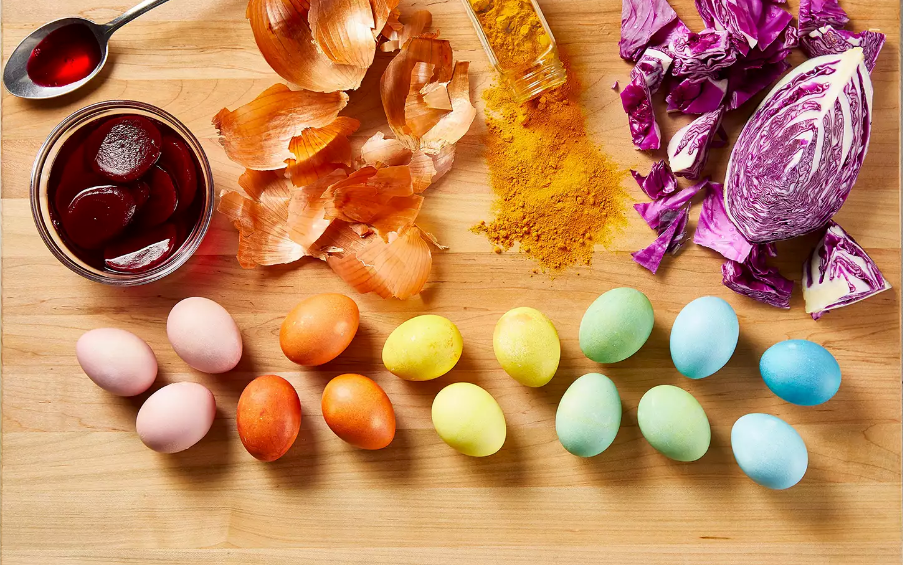The ins and outs of growing sweet corn in Southwest Georgia
Published 4:22 pm Friday, March 3, 2017
By Ty Torrance
Sweet corn may be divided into three distinct types according to genetic background: normal sugary (su), sugary enhanced (se) and supersweet (sh2). There are also varieties now containing a combination of either two or all three of these genes, exhibiting qualities of each. Whichever variety you buy it will have acronym beside the name. Sweet corn thrives best in loamy, well-drained soils but will tolerate a wide range of soil types. Optimum pH ranges from 6.0 to 6.5.
Till the soil to a depth of 6 to 8 inches using a spade, plow or rototiller. Avoid tilling the soil while it is too wet or large clods may be formed. Sweet corn is a warm-season vegetable requiring soil temperatures between 60-90 degrees F. Avoid planting seed in cool soils. Wait until at least two weeks after the last average killing frost before planting. This year has been different as you know because we really did not have much of a winter. I can tell you that many commercial sweet corn growers have already planted, and many field corn growers have started planting as well. A great way to know the soil temperature for our area is through http://www.georgiaweather.net/ ,and find the station closest to you. If planted too early, weak stands, stunted growth or frost-killed seedlings may result. The newer, sweeter varieties are even more sensitive to cool, wet soils and may not perform well in these conditions.
Plant corn in an area that receives at least 8 to 10 hours of sunlight. It is beneficial to plant near a water source for needed irrigation. Plant seed approximately 1-inch-deep in rows 3 feet apart with 8 to 12 inches between each seed in the row. A hand pushed mechanical planter can make seeding much easier for larger stands of corn. Corn is wind pollinated, so plant four or more short rows of sweet corn side-by-side instead of one long row. This will aid in good pollination and ear development. Plant sh2 and multi-gene varieties 400 yards away from standard varieties, or plant so maturity dates are 1 month apart to avoid cross pollination. Sweet corn matures in 60 to 100 days, depending on the variety. It is best to plant successive two-week plantings of the same variety, so all of your sweet corn is not ready at the same time.
A soil test through the local county extension office is always the best way to determine the lime and fertilizer needs. If lime is required, it can be tilled into the ground during soil preparation but is most effective when applied 2 to 3 months prior to planting. If a soil test is not done, a general guideline is to apply 6 pounds of 10-10-10 per 100 linear row feet before planting. Sidedress two to three times during the growing season with ammonium nitrate (34-0-0) at a rate of 1 pound per 100 feet of row. More frequent sidedressing may be required on sandy soils or when excessive rain occurs. Sidedressing involves digging a shallow trench on one side of the row, near the plant, and applying fertilizer. It is then covered with soil.
Water is vital to ensure a good stand of corn. Corn requires a minimum of 1 inch of water per week for normal development. The most critical periods for water are during pollination and during final ear filling. Water sufficiently to moisten the soil to a depth of 6 inches. Irrigate in the early morning or early evening to allow foliage to dry before dark. Soaker hoses placed along-side of rows are an excellent way to irrigate corn and conserve water.
Information from this article was provided by UGA Home Garden Sweet Corn Publication.




